
Akai HX-M5 S
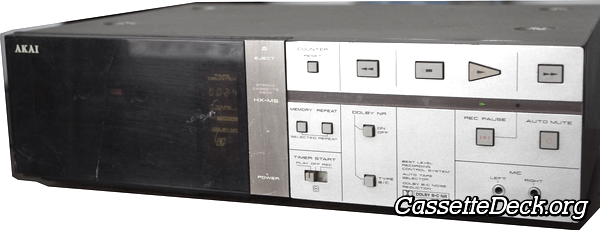
The Akai HX-M5 is a stereo cassette deck, it was introduced by Akai in 1980 and discontinued 5 years later in 1985.
The main features of the Akai HX-M5 are: 2 heads, tape type selection with support for normal and chrome tapes.
Typical front loading cassette deck with the cassette compartiment located on the left side of the deck. Tape eject is operated mechanically and the cassette needs to be placed with the side to be played facing forward in the cassette well.
Level meters used on the HX-M5 are generic digital peak reading meters.
Connection to other audio components for plaback can be achieved by a RCA cable and recording from a source by a RCA cable.

Historic events
Features of Akai HX-M5
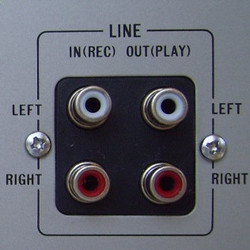
 RCA Input/Output Connectors
RCA Input/Output Connectors
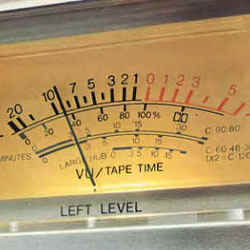
 Digital Peak-Reading Meters
Digital Peak-Reading Meters
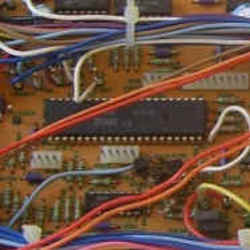
 Record Protection
Record Protection
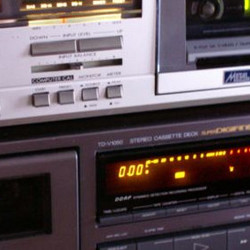
 Orientation Left
Orientation Left
 Front Loading
Front Loading
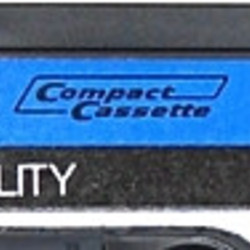
 Stereo
Stereo
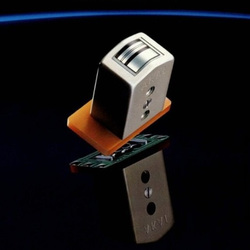
 2 Head Desiǥn
2 Head Desiǥn
 4 Track / 2 Channel
4 Track / 2 Channel
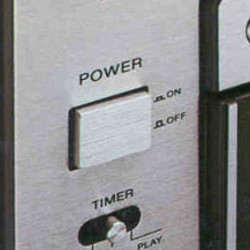
 Alternating Current
Alternating Current
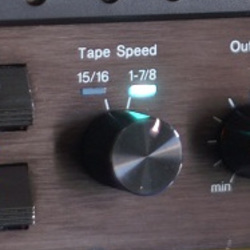
 1⅞ ips - 4.76 cm/s
1⅞ ips - 4.76 cm/s
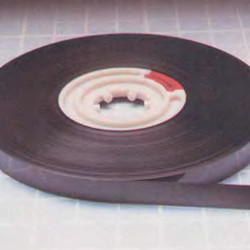
 Normal Tape Capabılity
Normal Tape Capabılity
 Chrome Tape Capabılity
Chrome Tape Capabılity
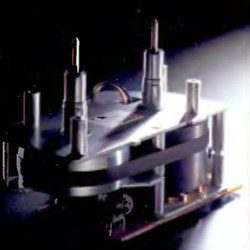
 Auto Shutoff
Auto Shutoff
 Belt Drive (Capsŧan)
Belt Drive (Capsŧan)
 Mechanical Tape Loading
Mechanical Tape Loading
Shop Akai HX-M5 items currently for sale
The products for sale contains items that link to partners of CassetteDeck.org and may result in us receiving commission from purchases made.
Similar to Akai HX-M5 from the period 1980 - 1985
Copying product information from this page and use it in your auction or on your website is allowed only if you submit a picture of the Akai HX-M5 to us. This picture has to be made by yourself, showing the deck with its entire front and containing no watermarks or logos. In case we discover that you copied Akai HX-M5 content without sharing images in return then you give us the right to use the content on the page where you used our Akai HX-M5 information.















